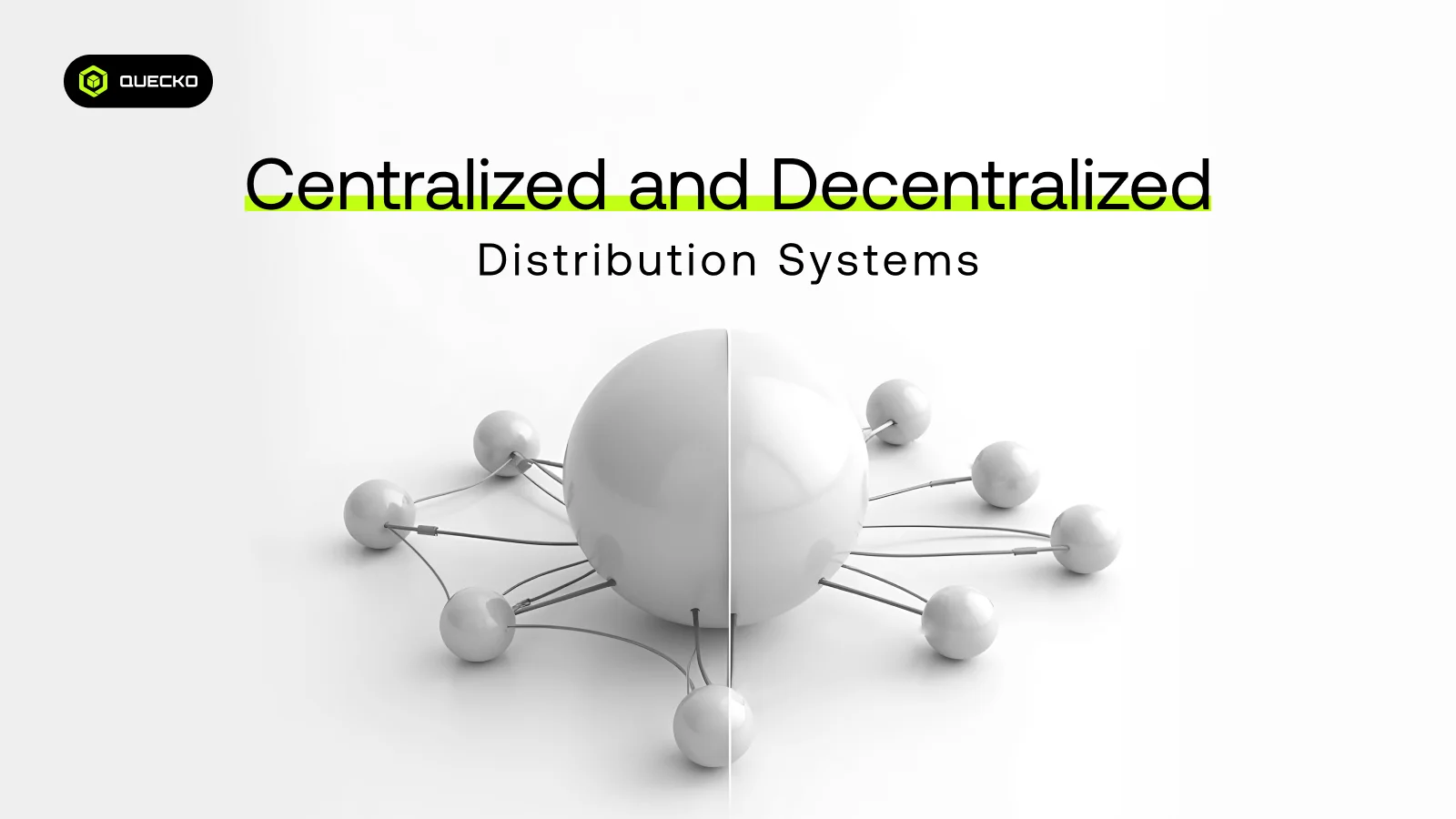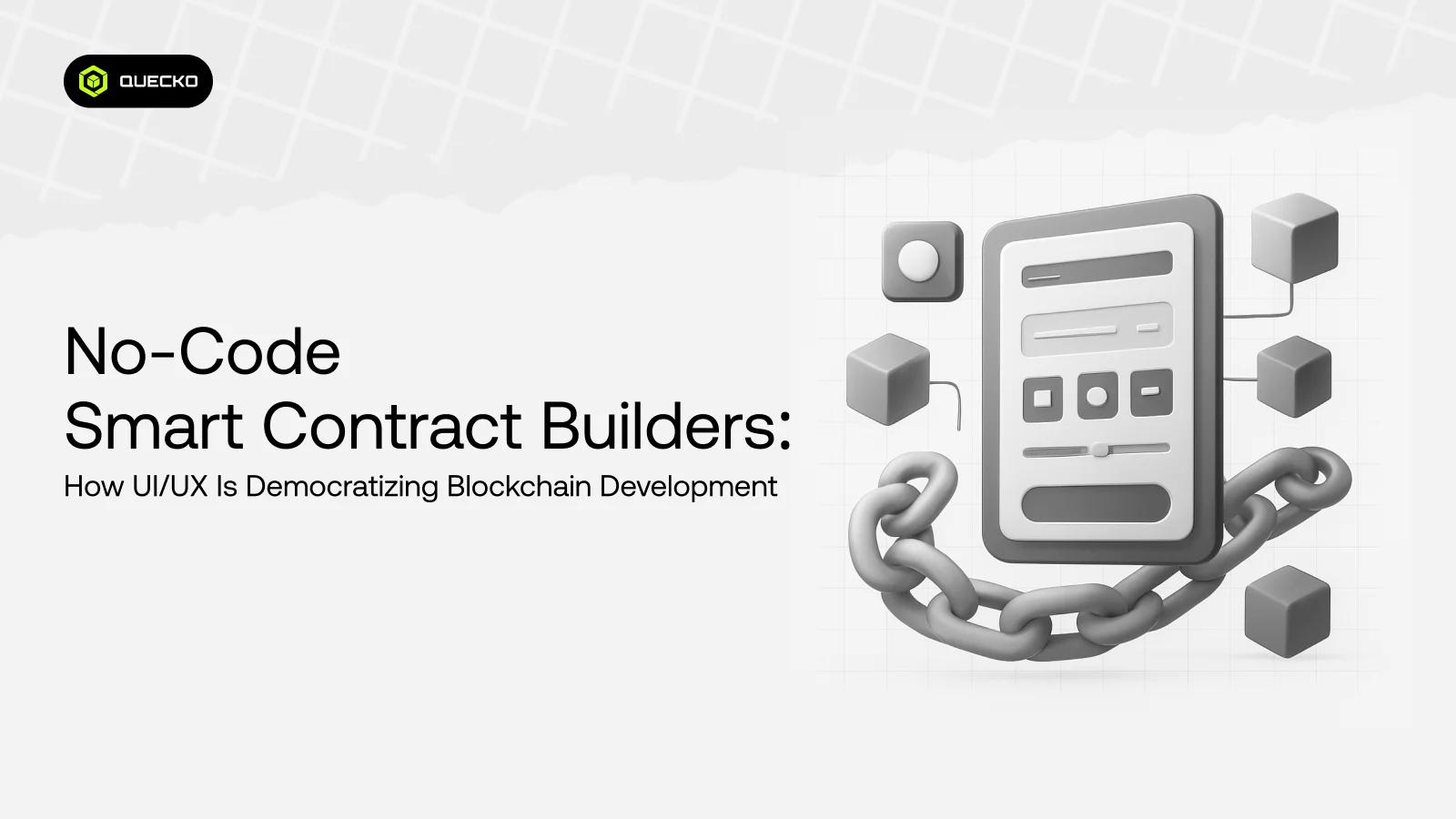Centralized and Decentralized Distribution in Blockchain: A Complete Guide
Explore centralized and decentralized blockchain distribution, their benefits, and real-world uses.

Blockchain technology is making major changes in digital innovation by impacting financial systems and digital identities. Distribution is an important part of this change and refers to the spread of power, information, and decision-making in a network. One must grasp this distribution to understand why blockchain networks behave so differently from traditional ones.
In this guide, we look at the main differences between centralized and decentralized ways of distributing blocks in blockchain systems and discuss their pros and cons.
Understanding the Basics
Before diving into deeper comparisons, let’s first establish a solid understanding of the core principles behind centralized and decentralized systems.
Centralized Systems
Centralized systems operate under the control of a single authority, such as a central server or central entity, that governs all operations, decisions, and data storage. These centralized networks have been the traditional model for financial services, social platforms, and enterprise solutions. In such systems, computational power, data access, and decision-making authority are concentrated at a central location or with a single node. This core authority directs and monitors all operations, making it easier to implement changes, enforce rules, and ensure compliance with regulatory requirements.
A centralized system can be seen in banks that keep money and records, cloud service providers that take care of data on their centralized servers, or government systems that keep national data on a central computer network.
Decentralized Systems
Meanwhile, in decentralized systems, each node retains some control over the flow of data. As a result of this model, blockchain and distributed systems do not depend on a central authority. All nodes carry the public ledger, while transactions are confirmed using methods such as Proof of Work (PoW) or Proof of Stake (PoS). Instead of only trusting a single location, every node in the system helps create agreement, leading to openness and belief in the network.
Public blockchain projects such as Bitcoin and Ethereum, virtual communities on social networks, and dApps are all forms of decentralization.
Key Components of Distribution
To understand how distribution shapes blockchain systems, it’s essential to examine the core components that define how control, data, and trust are managed across the network.
Network of Nodes
In blockchains using decentralization, the data is stored on thousands of different nodes. Such nodes manage the transaction ledger, achieving transparent records and preventing any single event from causing a failure. All the nodes in the network are involved in checking transactions, making sure they remain distributed. The system is so reliable that it is unlikely for any single individual to manipulate or corrupt it.
With this type, the whole network is managed by just a few major servers. Concentrating decision-making this way may increase susceptibility to problems. Should the central node or server get compromised, all networks connected to it could break down, causing problems like data breaches or outages. With everything managed centrally, there is more risk of unauthorized persons accessing and taking advantage of the system.
Consensus Mechanisms
Consensus algorithms support the functioning of decentralized networks. They allow participants to accept transactions as valid without having an overseeing server. The two main approaches are PoW, which makes users solve puzzles with computers, and PoS, where validators are selected for their amount of tokens in the network. They are necessary for the system to be honest and secure when people trade or interact with each other.
In such systems, one governing body or person handles decision-making, so no need for reaching an agreement. All decisions, changes, and validations are carried out by a central body, which makes the response quicker but creates problems with censorship and possible manipulation.
Advantages of Decentralization
- Enhanced Security: Due to having no central point, decentralized systems handle cyber threats and DDoS attacks more successfully.
- Transparency: Every transaction is added to a public ledger that anyone can use, limiting chances for fraud and making sure everyone has confidence in the system.
- Autonomous Organizations: Decentralized Autonomous Organizations (DAOs) enable community-driven governance, where decisions are made collectively rather than by a central board.
- Decentralized Governance: Network updates and policies are determined through stakeholder consensus, ensuring fair participation.
- Independent Control: Users maintain full ownership of their data, assets, and identities, reducing reliance on intermediaries.
Real-World Use Cases of Decentralization
- Supply Chain Management: Blockchain enhances traceability and accountability by recording every step of the supply chain.
- Financial Transactions: Cryptocurrencies allow for faster, cheaper, and borderless transactions without banking intermediaries.
- Decentralized Storage Platforms: These utilize unused storage space across multiple devices globally, making storage more cost-effective and secure.
- Digital Currency: Cryptocurrencies like Bitcoin operate without a centralized currency issuer, providing an alternative to fiat systems.
Drawbacks of Decentralized Systems
Despite the benefits, decentralization comes with challenges. The fact that various nodes in the blockchain network must agree slows down each transaction. Due to the difficulty of using a decentralized infrastructure, many smaller businesses avoid that approach. In addition, scaling the network can slow things down and increase waiting times for actions.
Advantages of Centralization
- Faster Access: Centralized systems offer quicker processing speeds as there’s no need for consensus.
- Efficient Resource Management: It’s easier to allocate and monitor central server resources.
- Reliable Access: When managed properly, centralized systems can deliver consistent performance and availability.
- Regulatory Compliance: Centralized systems are easier to monitor and regulate, which is crucial in regulated environments.
Use Cases of Centralized Systems
- Centralized Cryptocurrency Exchanges: Provide user-friendly interfaces, higher liquidity, and faster order execution.
- Enterprise Blockchain Solutions: Private organizations use centralized blockchains for internal operations and auditing.
- Cloud Services: Companies like AWS and Microsoft Azure deliver scalable, centralized hosting environments for apps and websites.
Limitations of Centralized Systems
On the other hand, having everything centralized is not perfect. If the main server fails, the whole system might become unavailable through just one failure. Also, these apps are especially attractive to hackers, many users don’t understand how they work, which worries privacy advocates, and hands total control to administrators or companies.
Hybrid Models: The Best of Both Worlds?
Both the benefits and the weaknesses of centralized systems and decentralized ones are leading many companies to build hybrid architectures. In the case of a blockchain app, records of transactions are placed on a decentralized ledger to ensure they are secure and transparent. As for storing user details, a centralized database is chosen because it works better for the app’s performance.
The goal of such systems is to ensure that everything works well, grows as needed, and adheres to requirements. With healthcare requiring both transparency and privacy, e-commerce businesses are increasingly used there.
Centralized vs Decentralized Blockchain Systems: Core Differences
The fundamental distinctions between decentralized and centralized blockchain systems cover several important topics. A single authority holds control in centralized systems, whereas decentralized systems divide power among several autonomous nodes. Because they are dispersed, decentralized networks tend to be more secure than centralized ones, which are more susceptible to cyberattacks.
Transparency is another area of divergence. With decentralized systems, people can freely see the information recorded on the blockchain, but with centralized ones, users are usually shut off from such details. People generally use centralized systems because they’re fast and can manage a growing number of users without difficulty. On the other hand, decentralized systems have difficulty meeting growing demand.
Governance structures also differ. In decentralized systems, people in the community or autonomous models make decisions, but in centralized systems, organizations control the choices. When it comes to cost, using distributed technology lets a decentralized platform spend much less on operations, whereas a centralized one needs constant upkeep.
Key Takeaways
- Centralized systems offer speed, simplicity, and centralized control but lack resilience and transparency.
- Decentralized blockchain networks ensure trust, security, and autonomy but face scalability and complexity issues.
- The use of blockchain protocols, platform-specific tokens, and decentralized governance is expanding in decentralized platforms.
- The contrasting decision-making structures in centralized and decentralized systems affect user control, trust, and compliance in different regulatory environments.
Final Thoughts
Anyone working in the blockchain space needs to be aware of the distinctions between centralized and decentralized systems. Whether you are a decentralized application developer, a digital token investor, or a business decision-maker selecting B2B network infrastructure, selecting the appropriate architecture is critical to your success.
Centralized and decentralized models will develop side by side as the blockchain system gets bigger. Further changes are likely to make the difference between the two harder to discern, so new systems may be safer, can scale up easily, and meet different challenges of the Internet.
Date
3 months agoShare on
Related Blogs

Using NFTs for Brand Loyalty: The Next Big Marketing Shift
7 hours ago

How Tokenized Real-World Assets Are Reshaping Finance in 2025
1 day ago

No-Code Smart Contract Builders: How UI/UX is Democratizing Blockchain Development
6 days ago

The Role of Localization in Onboarding Non-Crypto Natives
12 days ago








